Trap Rock
A construction industry term used for dark-colored igneous rocks used to make crushed stone.
Article by: Hobart M. King, PhD
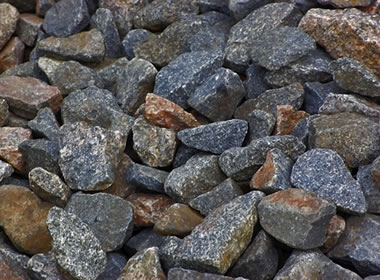
Crushed Trap Rock ready for use in a construction project. Trap rock is any dark-colored igneous rock that is used to produce crushed stone. Image copyright iStockphoto / Brilt.
What is Trap Rock?
Trap rock is a name used in the construction industry for any dark-colored igneous rock that is used to produce crushed stone. Basalt, gabbro, diabase, and peridotite are the most common rock types referred to as trap rock.
"Trap rock" is not a geological term that you are likely to learn about in a geology course or read about in a geology textbook. Instead it is a term used for convenience in the construction industry when the exact mineral composition or identity of the rock is unimportant or unknown.
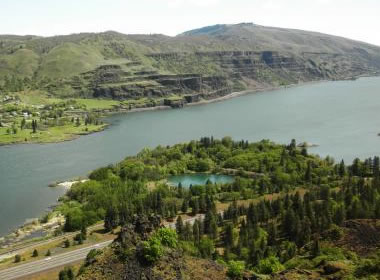
Origin of the Name: Flood basalts forming a step-like landscape across the Columbia River from Rowena Crest Viewpoint, Oregon. This step-like landscape is the origin of the name "trap rock" after the Swedish word "trappa" which means "stair step." Image by the United States Geological Survey.
Origin of the Name
The name "trap rock" is from the Swedish word "trappa" which means "stair step." This refers to the step-like landscape that is present in geographic areas where stacked basalt flows and shallow intrusions outcrop to form a landscape of steep cliffs and narrow ledges. Areas characteristic of this landscape include parts of New York and New Jersey where the Palisades Sill is exposed; areas in Washington, Oregon, and Idaho where rivers cut into the Columbia River Basalts; and, the Hawaiian Islands which are entirely underlain by basalt flows.
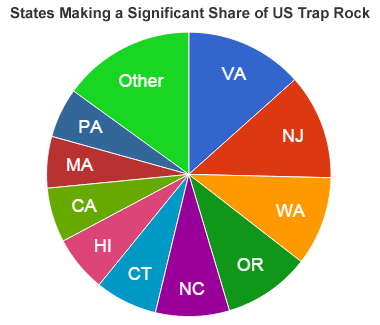
Trap Rock Producers: Ten states account for approximately 85% of the trap rock production in the United States. Data from the United States Geological Survey [2].
U.S. States with Trap Rock Production
Trap rock is only produced in the United States in those small areas where suitable dark-colored igneous rocks are present at the surface. Ten states account for approximately 85% of the United States trap rock production. These are shown in the pie diagram on this page.
Trap rock in Connecticut, Massachusetts, New Jersey, North Carolina, Pennsylvania, and Virginia is mostly produced from Triassic Basin flood basalts.
About 50% of the crushed stone produced in Washington and Oregon is trap rock from the Columbia River basalts. About 60% of the crushed stone used in New Jersey is trap rock from the Palisades Sill. Nearly 90% of the crushed stone used in Hawaii is trap rock because the entire island chain is underlain by basalt flows [2].
| Trap Rock Information |
|
[1] Crushed Stone, Jason Christopher Willett, 2016 Mineral Commodity Summary, United States Geological Survey, pages 156 to 157, January 2016. [2] Crushed Stone, Jason Christopher Willett, 2013 Minerals Yearbook, United States Geological Survey, pages 71.0 to 71.24, April 2015. |
Uses of Trap Rock
Trap rock is recognized as a crushed stone commodity in the Minerals Yearbook published by the United States Geological Survey. During calendar year 2014, about 7% of the crushed stone produced in the United States was trap rock [1]. That is a total of about 88 million tons of trap rock. The pie chart on this page shows which states were important producers of trap rock in 2012 [2].
In construction projects, trap rock has an excellent freeze-thaw resistance and a good abrasion resistance. It can substitute for limestone as a road base material, as a concrete aggregate, and as an asphalt aggregate. It is superior to limestone when it is used in soils or water where acid resistance is important.
| More Rocks |
 |
Tumbled Stones |
 |
Fossils |
 |
Geodes |
 |
The Rock Used to Make Beer |
 |
Topo Maps |
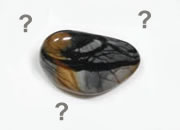 |
Difficult Rocks |
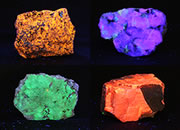 |
Fluorescent Minerals |
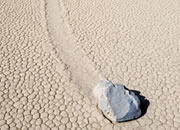 |
Sliding Rocks on Racetrack Playa |

Find Other Topics on Geology.com:

|

| ||

|

| ||

|

| ||

|

|
